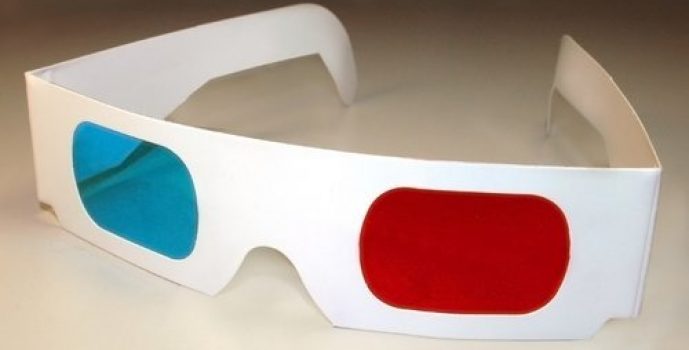Modern 3D films saw a rise during the late nineties before a steady decline occurred. However, this does not mean that 3D does not have a future. In fact, audiences want more immersion in their movie-watching experiences. In the coming years 3D will still be around but in a changed format.
Use of VR Tech
Virtual Reality (VR) technology has allowed for a type of immersion never before seen in the entertainment industry. As 3D technology advances, it is highly likely that VR will play a key role. There may even be a new hybrid which mixes these two mediums together.
Move From Cinemas to the Home
Whilst 3D films were popular in the cinema ten years ago this is simply not the case anymore. However, 3D TVs are still enjoyed by film fans throughout the world. Journalistic sites such as BBC News have documented the transition from cinema to home viewing. The latter has become the dominant way to watch 3D films. This is likely to continue.
Conversions of Older Films
Converting movies originally shot in 2D into 3D has been an important way for studios to keep stereoscopic motion pictures popular. Good examples of converted films include Jurassic Park, The Lion King, Star Wars and Terminator. There is a wealth of cinematic classics that have not yet been converted. As the technology becomes more advanced, it is likely that a wider range of older films will finally get the 3D treatment.
Glasses Will Endure
Glasses have become an essential element of 3D since the 1950s. The human eye needs an external lens for the illusion of 3D to work. There are currently no mainstream techniques that allow for stereoscopic visuals without glasses. Whilst this may change in the very distant future, for now, they will endure.





